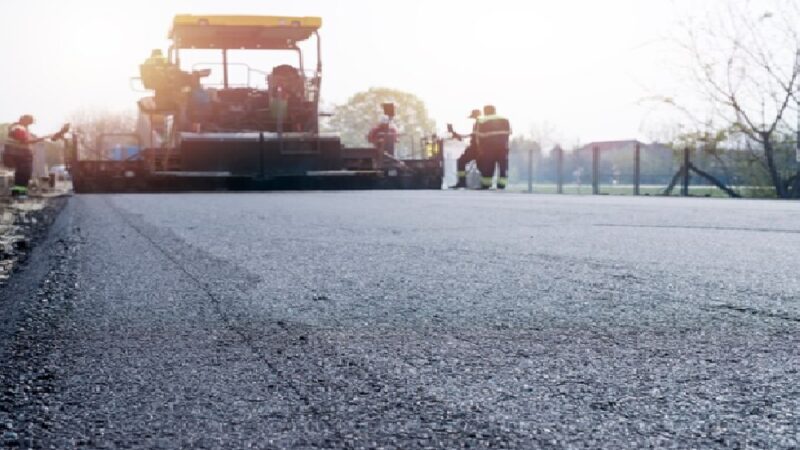Top 5 Technologies Revolutionizing Traffic Control Services

As urban areas continue to grow and traffic volumes increase, the need for advanced traffic control services becomes more critical. Capital Traffic control services are leveraging cutting-edge technologies to enhance safety, efficiency, and sustainability on our roads. Here are the top five technologies that are revolutionizing traffic control services.
1. Adaptive Traffic Signals
Adaptive traffic signals adjust the timing of red, yellow, and green lights based on real-time traffic conditions. These systems use sensors and cameras to monitor traffic flow and make dynamic adjustments to reduce congestion and improve traffic movement. By responding to actual traffic patterns rather than fixed schedules, adaptive traffic signals can significantly reduce delays and enhance overall efficiency.
2. Intelligent Transportation Systems (ITS)
Intelligent Transportation Systems integrate various technologies to manage and improve transportation networks. ITS encompasses a wide range of applications, including traffic management centers, real-time traffic information dissemination, and automated toll collection systems. By providing real-time data and predictive analytics, ITS helps Capital Traffic control services make informed decisions, optimize traffic flow, and enhance safety.
3. Connected and Autonomous Vehicles (CAVs)
Connected and Autonomous Vehicles (CAVs) are at the forefront of traffic control innovation. These vehicles communicate with each other and with infrastructure to share information about road conditions, traffic, and potential hazards. This communication allows for coordinated movements, reducing the risk of accidents and improving traffic flow. As CAV technology advances, it will play a crucial role in the future of traffic control services.
4. Drones and Aerial Surveillance
Drones are becoming increasingly valuable in traffic management. Equipped with high-resolution cameras and sensors, drones provide aerial surveillance of traffic conditions, incidents, and construction zones. They offer a bird’s-eye view that can quickly identify bottlenecks, accidents, and other issues. By relaying this information to traffic control centers, drones help in faster response times and more effective traffic management.
5. Big Data and Predictive Analytics
The use of big data and predictive analytics is transforming how traffic control services operate. By analyzing vast amounts of data from various sources, including traffic sensors, GPS devices, and social media, predictive analytics can forecast traffic patterns and identify potential issues before they occur. Capital Traffic control services can use these insights to implement proactive measures, such as adjusting traffic signal timings or deploying additional resources to high-traffic areas.
Conclusion
The integration of these advanced technologies into traffic control services is crucial for addressing the challenges of modern urban transportation. By adopting adaptive traffic signals, ITS, CAVs, drones, and big data analytics, Capital Traffic control services can improve traffic flow, enhance safety, and reduce congestion, paving the way for smarter, more efficient cities.







